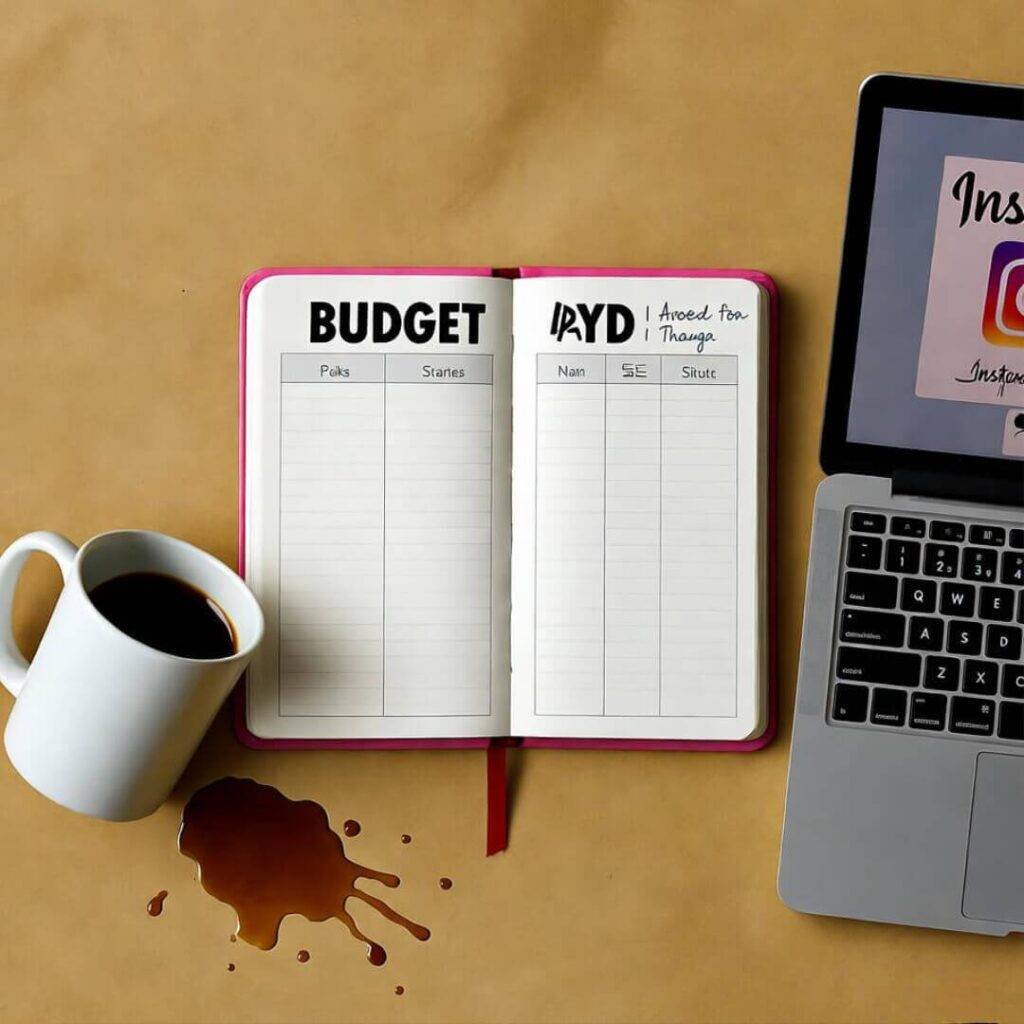Influencer marketing for small business has been my thing lately, and let me tell ya, I’m no pro. I’m sitting here in my cramped Brooklyn apartment, radiator clanking like it’s pissed at me, sipping coffee that tastes like burnt regret from a chipped mug I nabbed at a flea market. I run a tiny vintage clothing shop, and trying to figure out this influencer stuff has been a wild, sloppy ride. I got some budget-friendly tips, but they’re straight from my screw-ups, so don’t expect no polished TED Talk. Like, who’s got money to throw at influencers when you’re scraping by? Not me, fam.
How I Tripped Into Influencer Marketing for Small Business
So, last summer, I’m sweating buckets in my shop, wearing a thrifted blouse that’s basically glued to my skin. I’m scrolling Insta on my phone—screen’s cracked to hell—and I see this local fashion chick with maybe 5K followers rocking a jacket that looks like something I got buried in my inventory. Ding! Could I get her to post about my shop? That’s when I thought influencer marketing for small business might be my shot to get noticed without dropping a fortune on ads. But, yo, where do you even start when your bank account’s giving you the middle finger?
My first try was a hot mess. I DM’d some influencer with 20K followers, offered free clothes for a post. Crickets. Total ghost. Felt like a complete idiot, like I’d just yelled into a black hole. But that L taught me to aim smaller. Micro-influencers—folks with 1,000 to 10,000 followers—are the move for small biz. They’re real, their followers actually care, and they don’t cost your rent money.

My Budget-Friendly Tips for Influencer Marketing for Small Business
Alright, here’s the tea—my tips for making influencer marketing for small business work when you’re broke as a joke. These are from my frazzled brain, learned through spills and dumb moves.
Tip 1: Hunt Micro-Influencers Who Get Your Vibe
Micro-influencers are my people. Their followers trust ‘em, unlike those big influencers who feel like they’re selling you a timeshare. I found mine by stalking local hashtags like #BrooklynVintage or #NYCStyle. Slid into the DMs of a college kid with 3K followers who loved thrifting. Offered her a $50 store credit for a post, and she was down. Her post got me 15 new customers in a week. Fifteen! For fifty bucks! Way better than the $150 I blew on a Facebook ad that got me nada but bots.
- Pro tip: Check their engagement—likes and comments divided by followers. Over 3% is legit.
- My dumbass move: Partnered with a dude with 7K followers but zero comments. Waste of time. Check their posts, not just the numbers.
Tip 2: Barter Like You’re on Survivor
I’m broke, y’all, so paying influencers cash? Nah. I barter like it’s my day job. Free clothes, gift cards, or a shoutout on my tiny Insta. One time, I swapped a vintage denim jacket for a reel from a local foodie who posted about my shop. Her followers ate it up, and I got 10 walk-ins who mentioned her. Bartering’s so old-school, like trading Pokémon cards, but it works.
- Weird flex: Gave a barista-turned-influencer a thrifted scarf, and she wore it in a coffee shop selfie that went semi-viral locally. Cost me $4.
- Cringe alert: Sent an influencer the wrong size skirt. She posted anyway, made a joke, and her followers thought it was hilarious. Got customers, but I was mortified.

Tip 3: Let Influencers Do Their Damn Thing
Big oops: I tried scripting an influencer’s post once, like I was some marketing guru. Sounded fake as hell, like a bad infomercial. Nobody gave a crap. Now, I just give ‘em a vibe—like, “show off the retro aesthetic”—and let them run with it. One made a TikTok dancing in my shop’s dressing room, and it was so goofy but got 1,500 views. Real shit sells, people.
- Quick hack: Get ‘em to tag your biz and use a hashtag like #VintageVibesShop. Free exposure, baby.
- Embarrassing af: I begged an influencer to call my shop “iconic.” She didn’t, thank God, ‘cause it would’ve been so try-hard.
The Realest Lesson I Learned About Influencer Marketing for Small Business
If I’m keeping it 100, the biggest thing I figured out is that influencer marketing for small business ain’t about perfection—it’s about connecting. I used to think I had to act like some big brand with glossy campaigns. Hell no. People vibe with the messy, human stuff. Last week, I was wiping down my shop’s counter, stressing about a slow day, when an influencer I worked with months ago just walked in. She wasn’t even posting—she just liked my stuff. Felt better than any viral post.

Wrapping Up My Influencer Marketing for Small Business Rant
Look, I ain’t no influencer marketing genius. I’m just figuring this out while dodging late rent notices and praying my shop don’t go under. But these budget-friendly influencer marketing tricks—micro-influencers, bartering, keeping it real—actually helped my little biz get noticed. If I can pull it off, you can too. Got a small biz? Slide into a local influencer’s DMs this week. Offer something small, see what happens. Worst case? They ghost you. Been there, still standing.












































